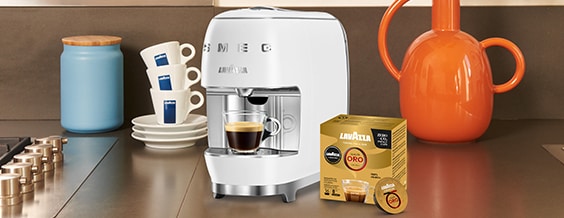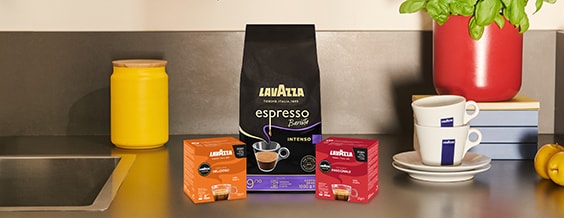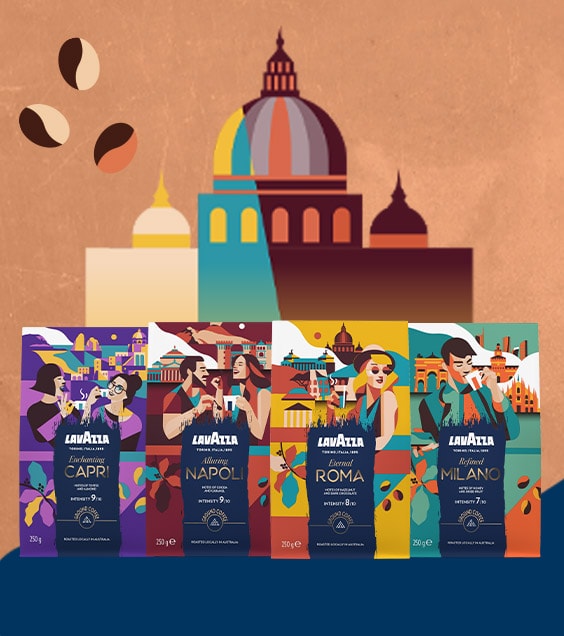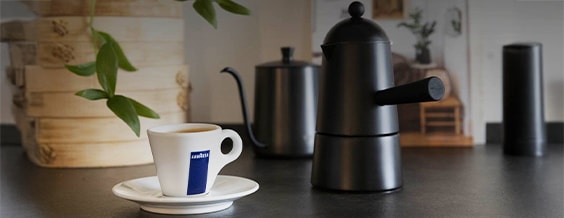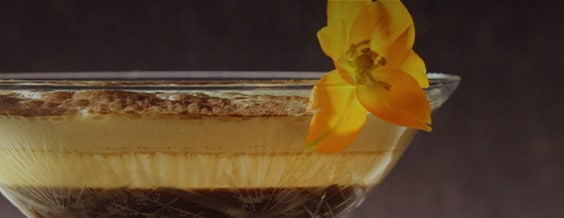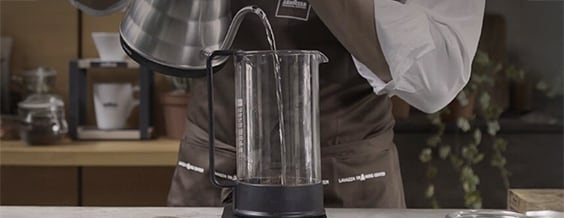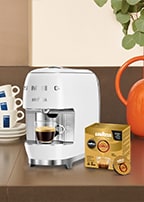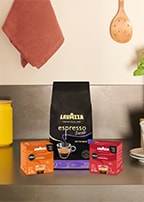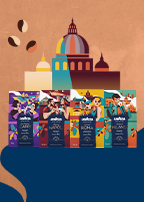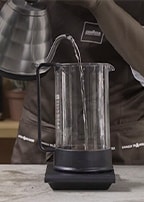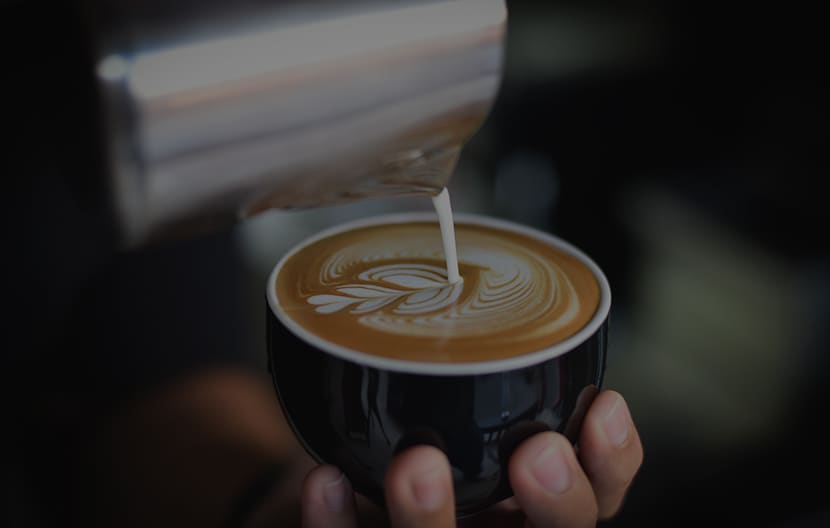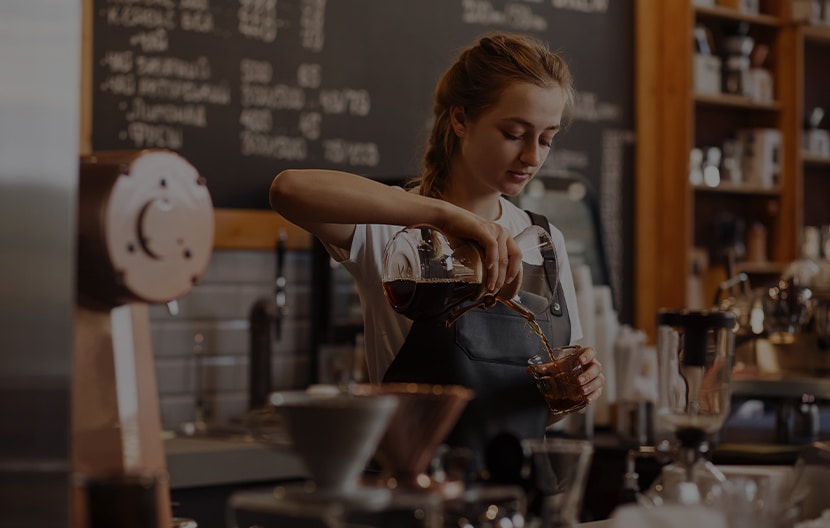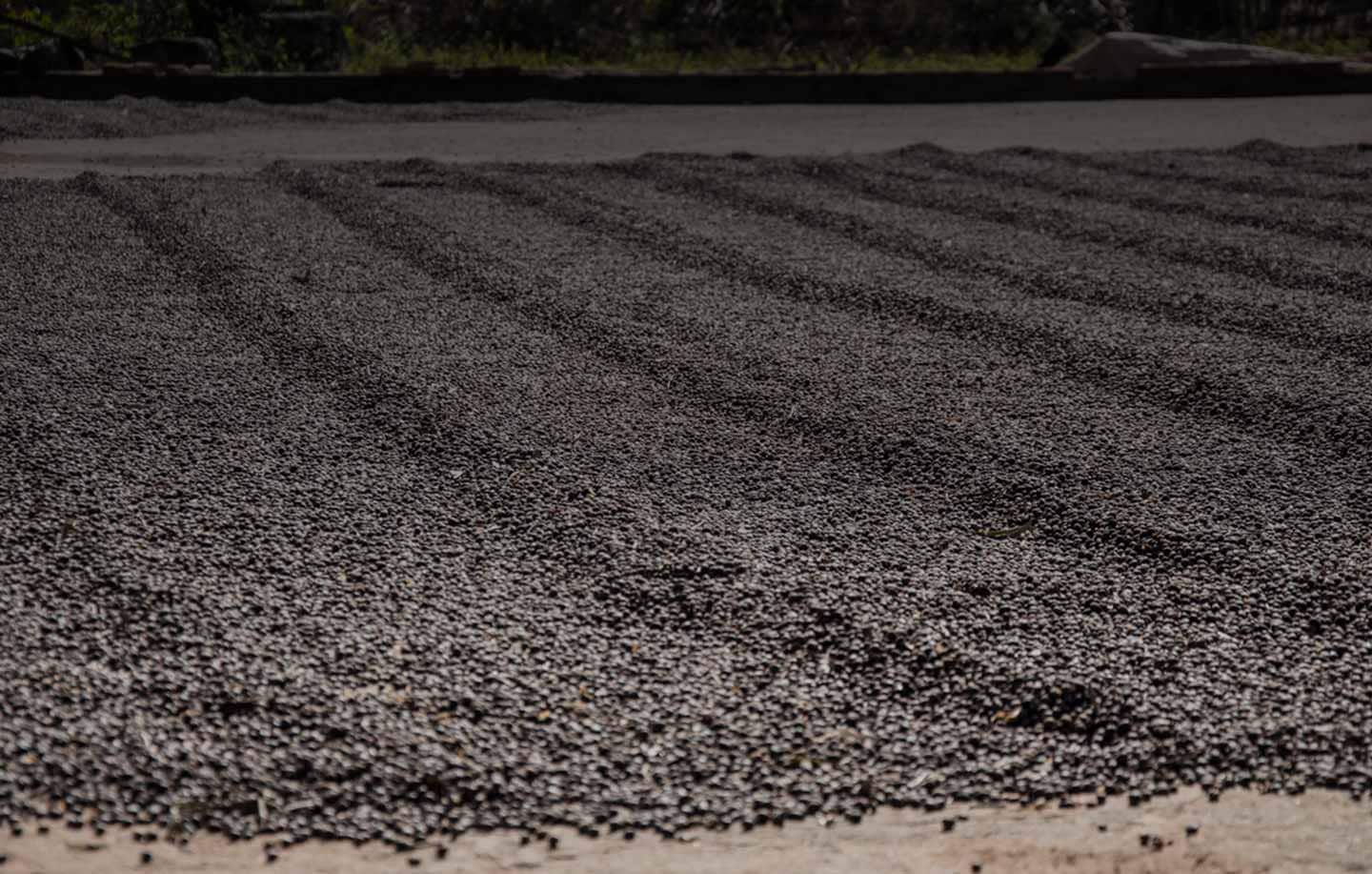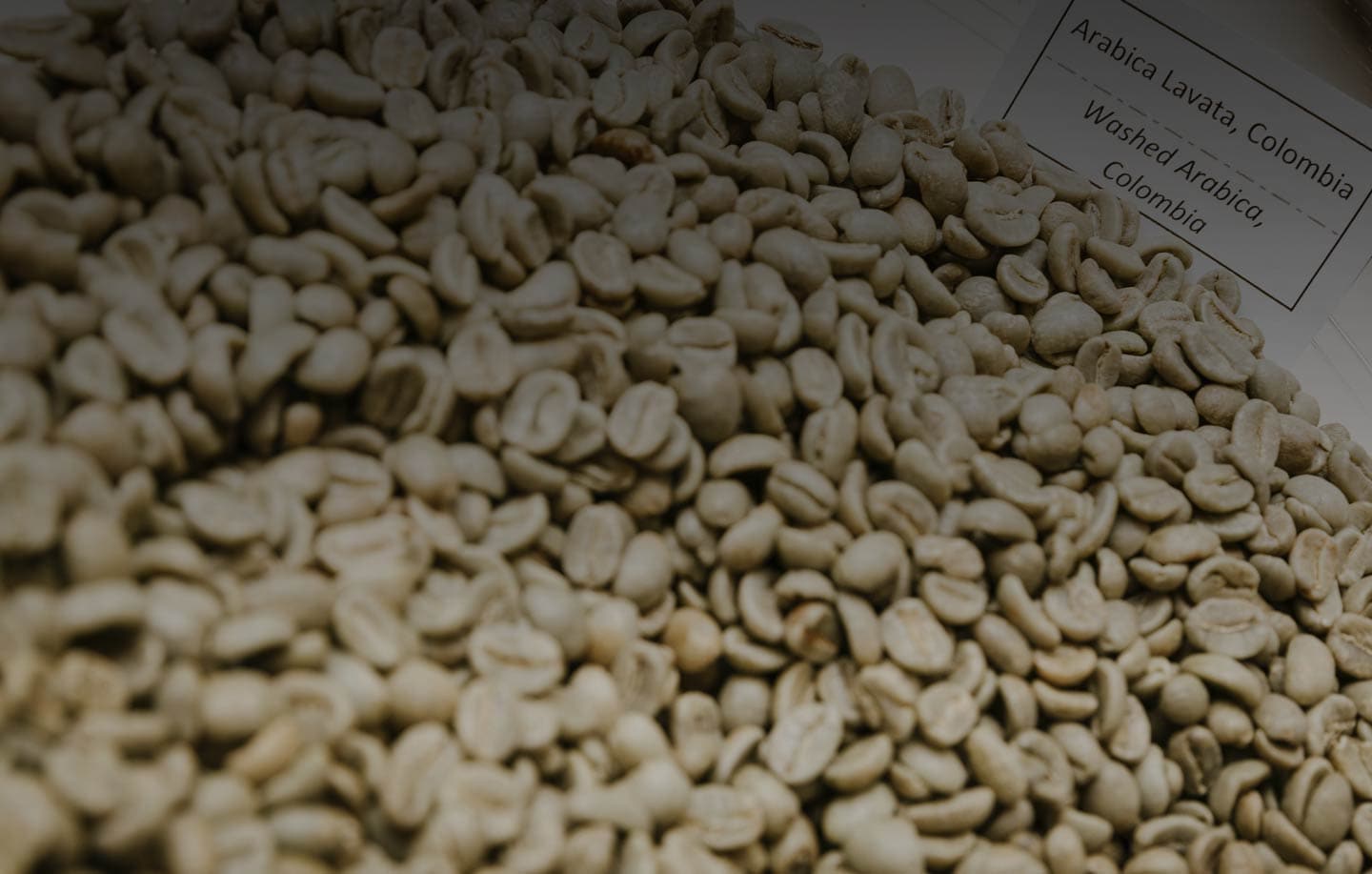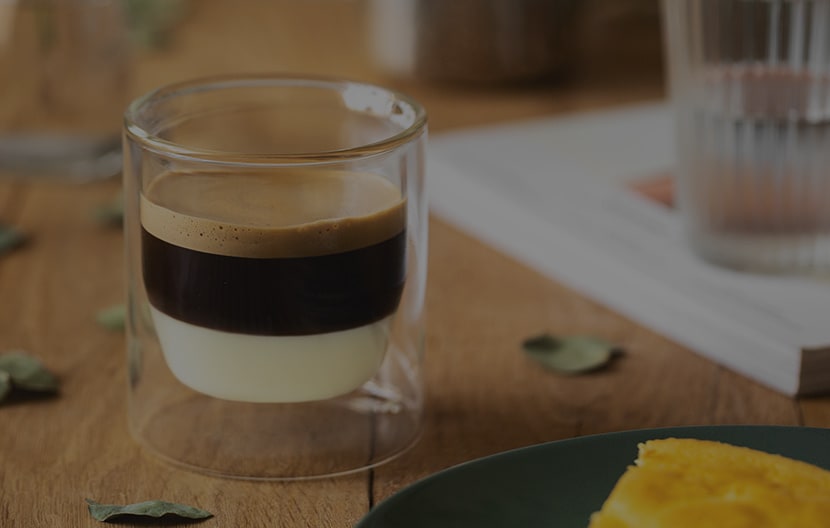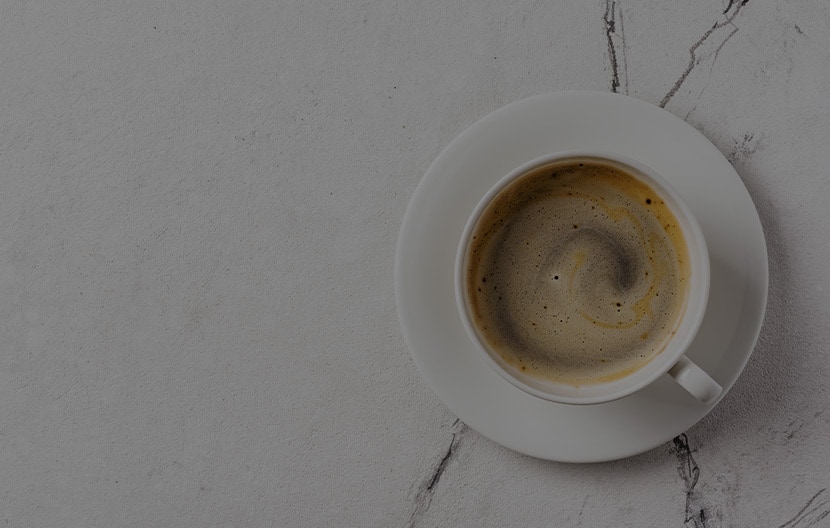*Lavazza is not affiliated with, endorsed or sponsored by Nespresso
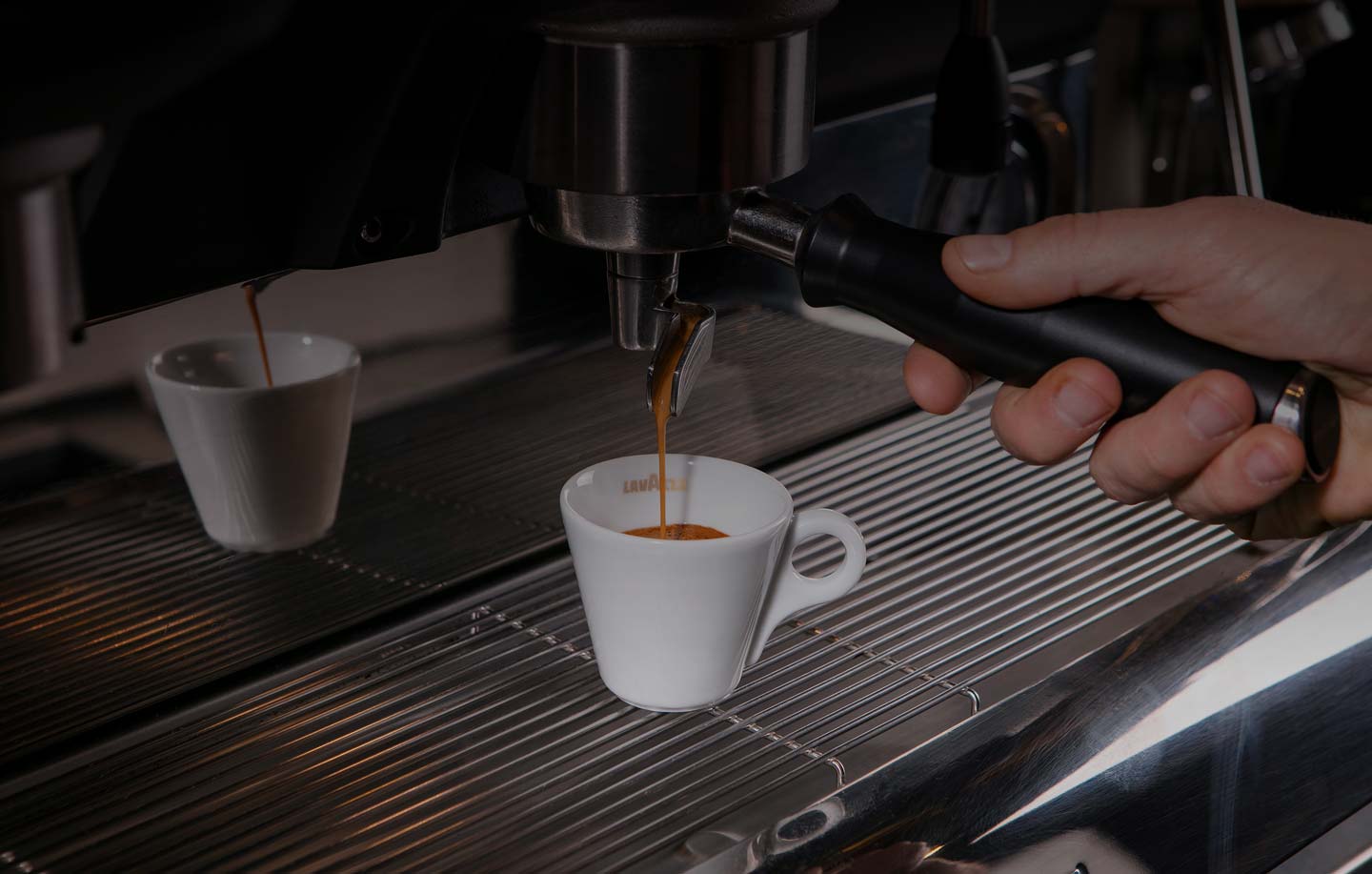
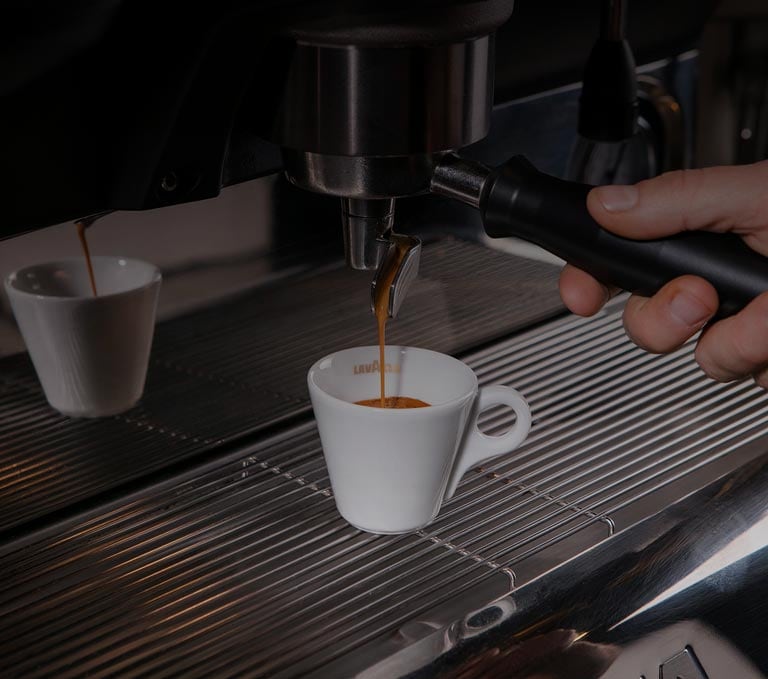
Italian style coffee: from the espresso to cappuccino
Coffee holds a revered status in Italy, where its consumption is not merely a routine but a cherished tradition deeply ingrained in the country's culture. Italian coffee culture is renowned worldwide for its rich history, distinctive flavours, and diverse array of coffee drinks. From the iconic espresso to the frothy cappuccino, Italian style coffee delights both locals and visitors alike with its bold flavours and unparalleled quality.
Let's Start with the History
The history of traditional Italian coffee dates back to the 16th century, its roots intertwined with the emergence of coffeehouses in the Middle East during the Ottoman Empire. Coffee in Italy was introduced by Venetian botanist and physician, Prospero Alpini, who had encountered it during his expeditions to the Egypt. The coffeehouses in Italy quickly became popular, acting as hubs for intellectuals and artists. Initially met with scepticism, coffee gradually gained popularity, eventually becoming an integral part of Italian daily life.
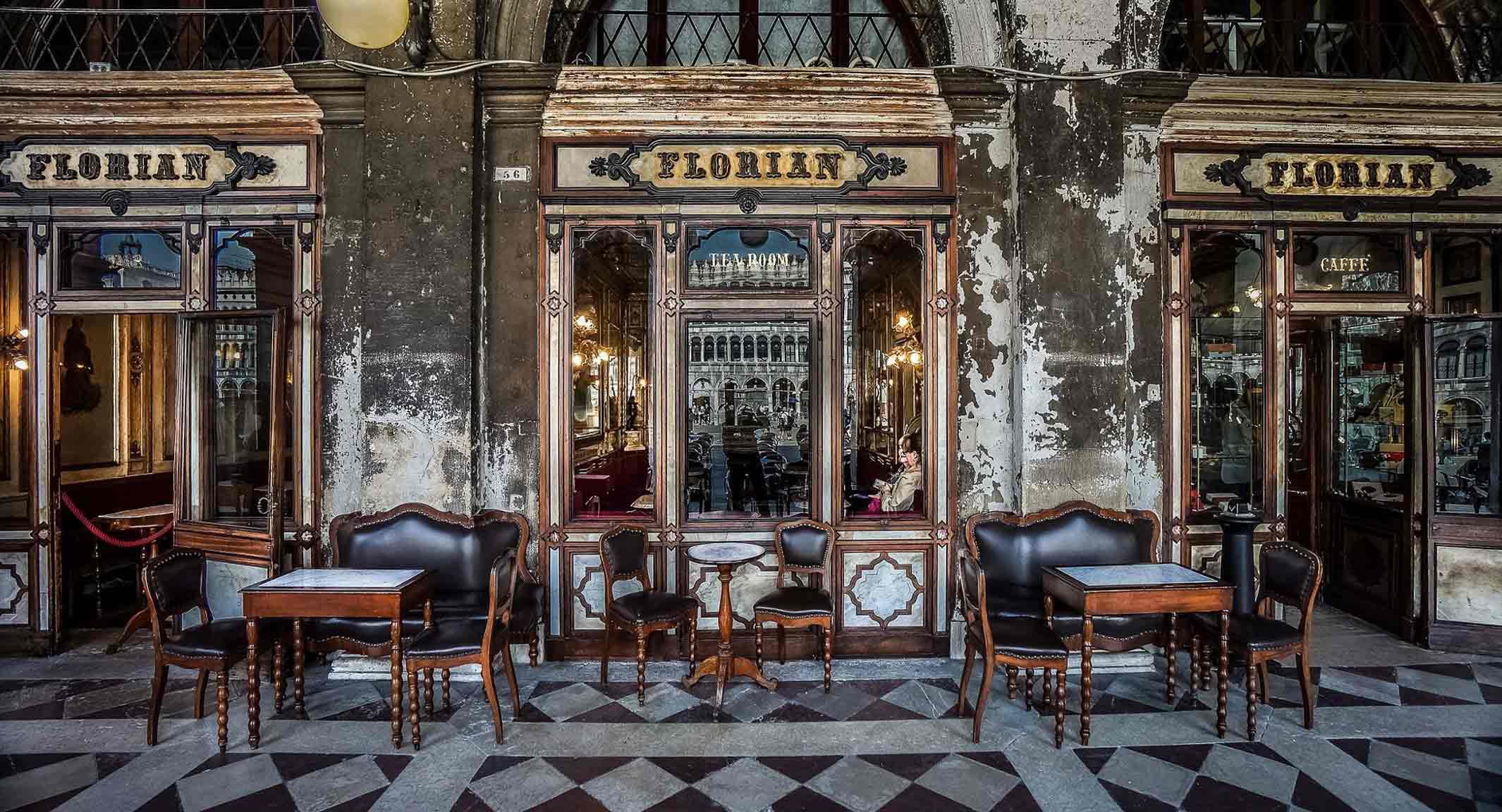
Founded in 1720 and located in outstanding and iconic Piazza San Marco, Caffè Florian, is the oldestoperating coffee house in the world. Many of the most important international personalities and artists of the past – such as Johann Wolfgang von Goethe, Lord Byron and Giacomo Casanova – habitually stopped by there for coffee, while sharing intellectual conversations. Hosting people of every social class, Caffè Florian would have set a precedent for the social role a coffee house could hold.
In 1884, the iconic Italian espresso machine was patented by Angelo Moriondo, revolutionising the way coffee was prepared and consumed. This method, which used a combination of steam and boiling water to brew coffee, paved the way for the widespread popularity of Italian espresso, which quickly became synonymous with Italian coffee culture.
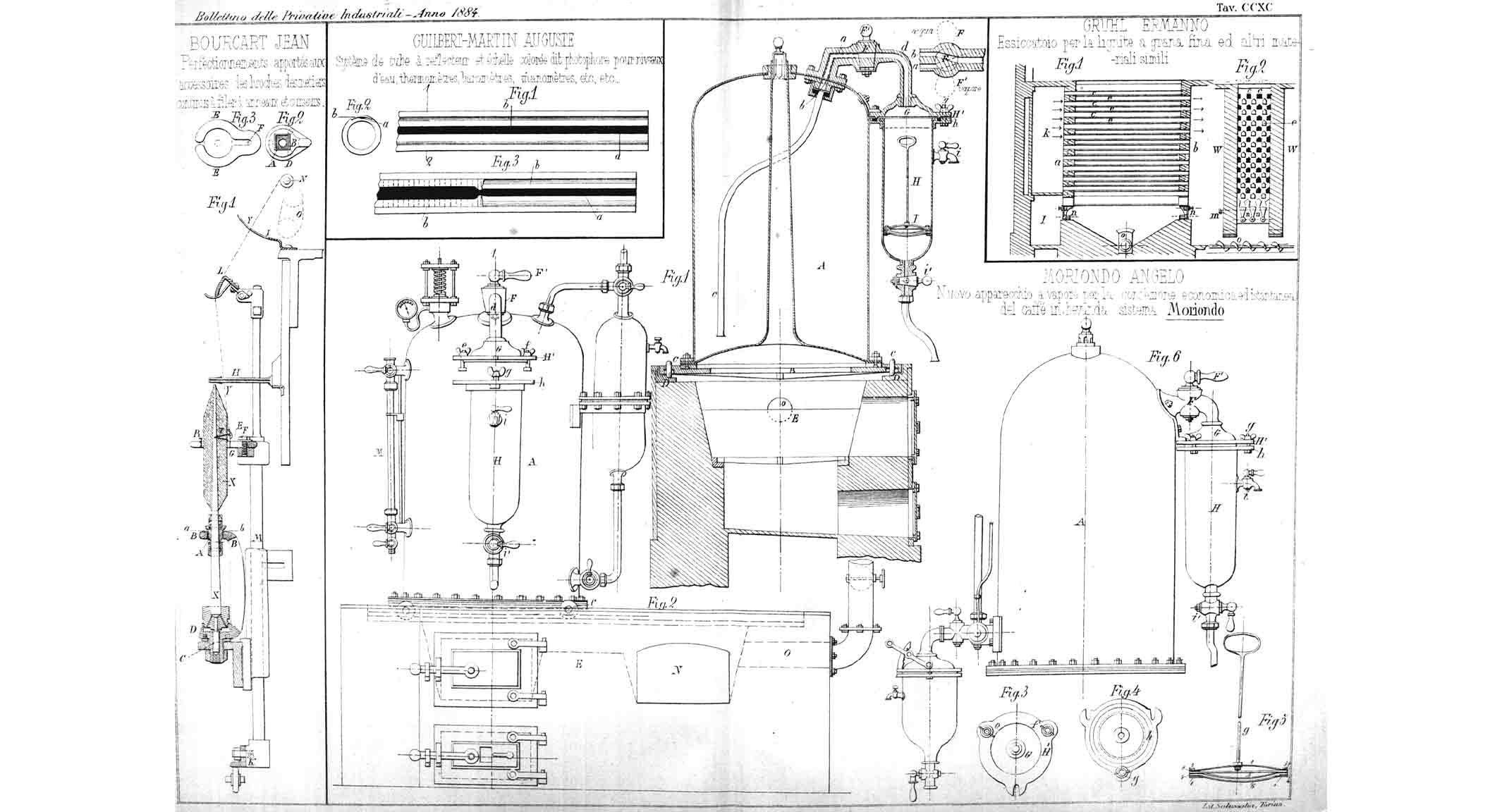
Easy to make and good to wake, espresso rapidly became an emblem of the turn of the century, together with high-speed train sharing its name. Espresso machines became popular in the “American bars”, where customers could stand at the cou nter instead of sitting at the table. The first one to be opened in Italy was the Caffé Maranesi, located in Florence and also known as Caffè dei Ritti, referring to “the standing people” that were hosted in the inside.
Nowadays, many Italian households still have a moka, a stove-top brewer able to extract a great tasting coffee within the walls of their home!
During World War II, coffee basically disappeared, due to the embargo that the League of Nations imposed on Fascist Italy, and was replaced by surrogates, such as barley. The first idea of the Italian style espresso as we know it can be traced back to the city of Turin, after which many took inspiration from and created their own versions and modifications, such as the barista Achille Gaggia in 1948, during the post-war period. He introduced a new pressure extraction of the precious beans, a technique which also turned out to be important for the following history of Italian coffee, as it made it possible to obtain an even more concentrated and aromatic drink with the distinctive crema on the surface.
After Achille Gaggia’s invention, many new professional coffee machines would have been conceived during the 1950s, when large companies began to produce and make available models that could be increasingly accessible to the general public.
Today, Italy boasts a thriving coffee industry, with countless cafés and coffee bars, serving up a variety of meticulously brewed beverages to customers all day and night.
All the types of coffee you can find at the bar
Italian coffee bars offer an extensive menu of coffee drinks, catering to a variety of tastes and preferences. You might find a number of different types of Italian coffee at different cafés, depending on the location, however, there is an original lineup of options that remains ever present at all good Italian coffee bars.
While the espresso remains the cornerstone of Italian coffee culture, there are numerous other beverages to explore:
- Espresso: A short, strong shot of coffee, extracted under high pressure to produce a concentrated brew with a rich layer of crema.
- Cappuccino: A beloved morning ritual, the cappuccino is arguably the most popular Italian coffee drink, consisting of equal parts espresso, steamed milk, and frothy milk foam, topped with a dusting of cocoa or cinnamon.
- Macchiato: An espresso "marked" with a small amount of steamed milk, creating a slightly milder flavour profile, the macchiato is another classically authentic Italian coffee.
- Caffé Latte: A milky coffee beverage made with a shot of espresso and steamed milk, offering a creamy texture and subtle coffee flavour.
- Ristretto: Similar to espresso but with a shorter extraction time, yielding a more intense and concentrated shot.
- Affogato: A delightful dessert-style coffee, featuring a scoop of vanilla gelato or ice cream "drowned" in a shot of hot espresso.
- Mocha: A decadent blend of espresso, steamed milk, and hot chocolate, topped with whipped cream for added indulgence.
Why coffee is so important in Italy
Coffee holds a special place in Italian society, serving as more than just a beverage but as a social ritual that fosters connection and strengthens social bonds. Italian coffee culture is characterised by its emphasis on quality, with an unwavering commitment to sourcing the finest beans and mastering the art of espresso preparation.
For Italians, coffee is not merely a means of caffeine consumption but a daily tradition that punctuates moments of leisure, conversation, and contemplation. Whether sipped slowly at a streetside café or enjoyed hastily amongst professionals at a bustling espresso bar, coffee serves as a unifying force that transcends social boundaries and fosters a sense of community.

